In the sweltering wilderness of North America’s desert regions, one remarkable reptile has evolved an extraordinary adaptation that defies intuition. The sidewinder rattlesnake (Crotalus cerastes) possesses a unique locomotion method allowing it to traverse scorching sands that would burn most creatures. This specialized movement, coupled with physiological adaptations, enables these serpents to hunt and travel across surfaces hot enough to fry an egg without suffering tissue damage. Their remarkable ability represents one of nature’s most elegant solutions to extreme environmental challenges and offers fascinating insights into evolutionary adaptation. The sidewinder’s mastery of hot terrain navigation continues to inspire scientific research and biomimetic applications, making it one of herpetology’s most studied subjects.
The Desert Heat Challenge
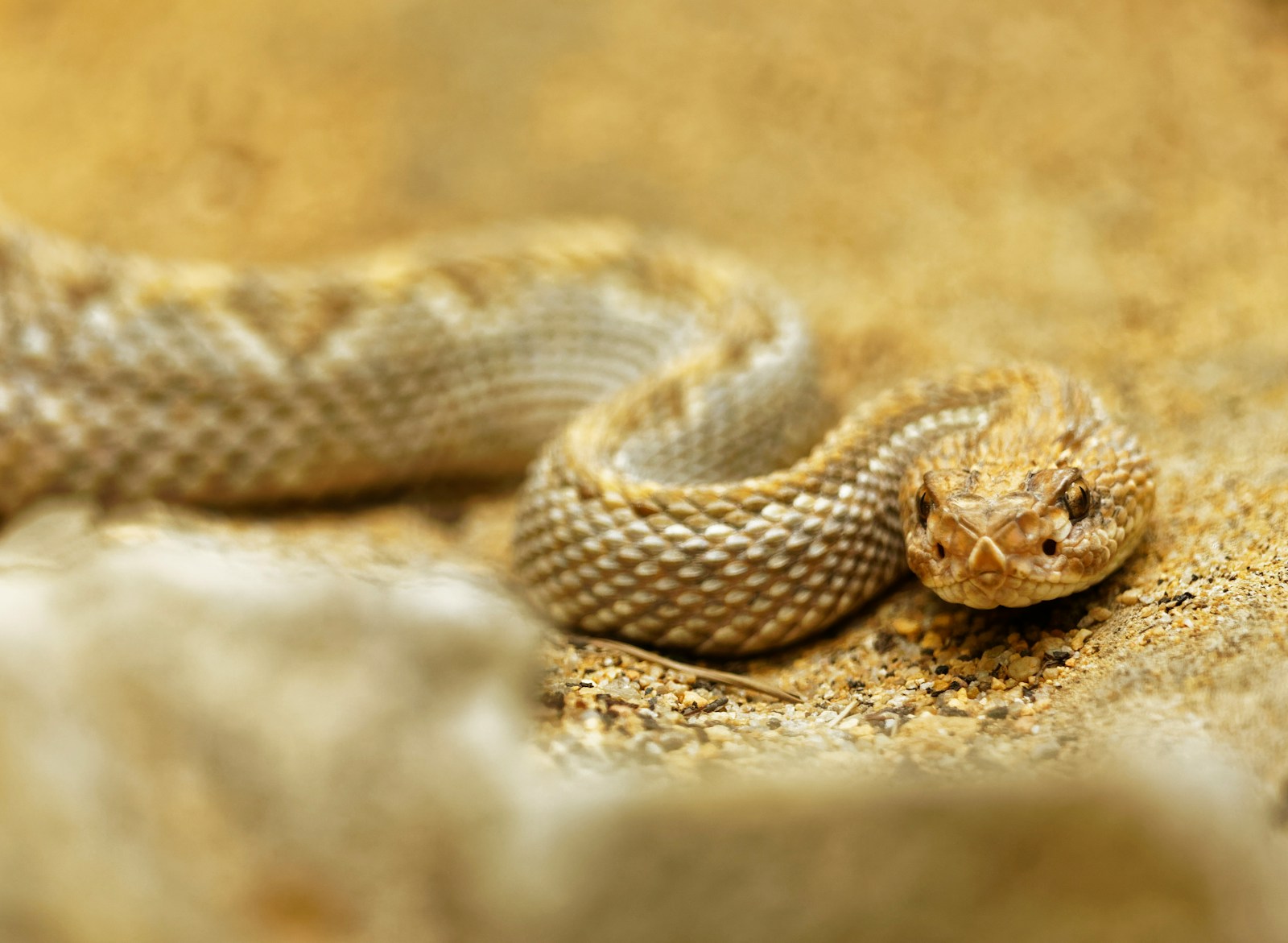
Desert environments present extreme thermal challenges for any creature attempting to survive there, with surface temperatures regularly exceeding 160°F (71°C) during peak daylight hours. Most reptiles would suffer severe burns or death from extended contact with such scorching surfaces. For context, human skin can suffer third-degree burns at around 150°F (65°C) with just two seconds of contact. Desert snakes face a particular dilemma: they must move across these superheated surfaces to hunt, find mates, and escape predators, yet their bellies are relatively thin-skinned and vulnerable to heat damage. The sidewinder rattlesnake’s solution to this thermal conundrum represents one of the most elegant locomotion adaptations in the animal kingdom.
The Sidewinder’s Unique Movement Pattern

Unlike the typical serpentine motion employed by most snakes, the sidewinder rattlesnake has evolved a distinctive locomotion technique that minimizes contact with hot surfaces. This specialized movement involves the snake throwing its body into a series of J-shaped loops, lifting most of its body off the ground and leaving only two or three points in contact with the surface at any given moment. Each point of contact is brief—typically less than 200 milliseconds—preventing heat transfer sufficient to damage tissue. The snake appears to move sideways relative to its head direction, creating a distinctive track of parallel J-shaped marks in the sand rather than the continuous S-shaped pattern left by other snakes. This movement is not only thermally advantageous but also mechanically efficient in loose sand, where traditional snake locomotion would be energy-intensive.
Thermal Physiology of the Sidewinder

Beyond their specialized movement, sidewinder rattlesnakes possess remarkable physiological adaptations to manage heat exposure. Their ventral scales (belly scales) have evolved to be slightly thicker and more keratinized than those of related snake species, providing additional insulation against brief contact with hot surfaces. The blood vessels beneath these scales can rapidly constrict when exposed to extreme heat, reducing blood flow to potentially threatened tissue and minimizing the risk of thermal damage. Additionally, sidewinders have a higher heat tolerance at the cellular level, with specialized heat shock proteins that activate more quickly than in other snakes, protecting cells from thermal stress. These combined adaptations create a comprehensive thermal defense system that complements their specialized locomotion.
Scientific Studies on Sidewinder Thermoregulation

Researchers have conducted extensive studies to understand precisely how sidewinders manage their interaction with hot surfaces. Using high-speed infrared cameras, scientists have mapped the temperature patterns on sidewinders’ bodies during movement across heated sand, revealing that their ventral surface temperature rises only minimally during locomotion. Laboratory experiments have demonstrated that sidewinders can traverse surfaces up to 140°F (60°C) for short periods without tissue damage, while closely related snakes suffer burns at much lower temperatures. Thermal imaging has confirmed that the brief contact time of each body segment with the substrate prevents significant heat transfer into the snake’s tissues. These studies have also revealed that sidewinders adjust their movement speed and the proportion of body lifted based on surface temperature, showing remarkable behavioral thermoregulation abilities.
Geographical Distribution and Habitat
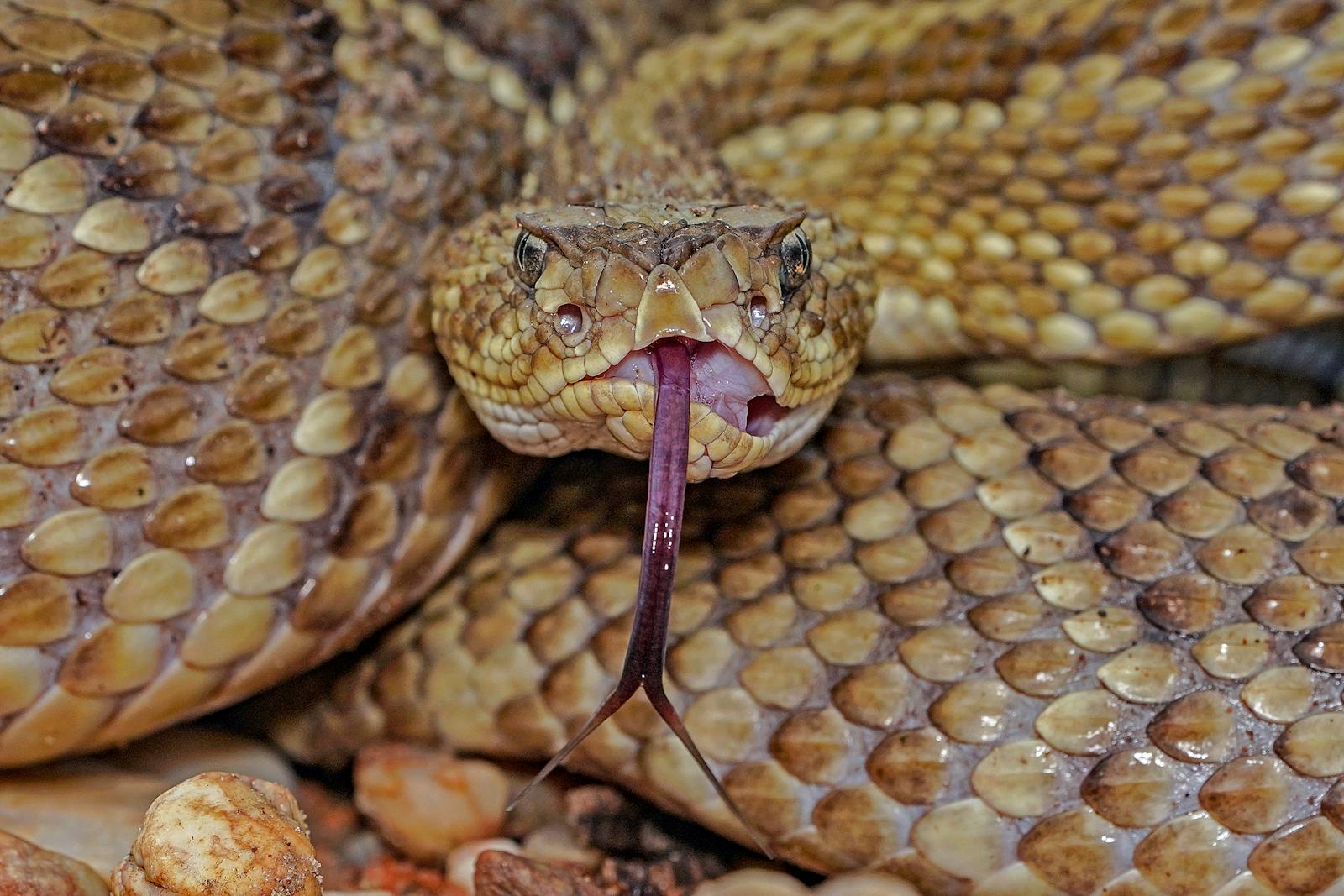
The sidewinder rattlesnake is primarily found in the desert regions of the southwestern United States and northwestern Mexico, including the Mojave, Sonoran, and Colorado Deserts. These regions experience some of North America’s most extreme temperature variations, with daytime surface temperatures in summer often exceeding 170°F (77°C) while dropping dramatically at night. Sidewinders prefer sandy habitats, particularly areas with small dunes or wind-blown deposits where their specialized locomotion provides maximum advantage. They are often found near desert washes, where prey tends to be more abundant and burrows can be established in the slightly more stable soil. Their distribution closely follows the pattern of extreme heat in North American deserts, highlighting how their thermal adaptations have defined their ecological niche.
Evolutionary Development of Heat Resistance
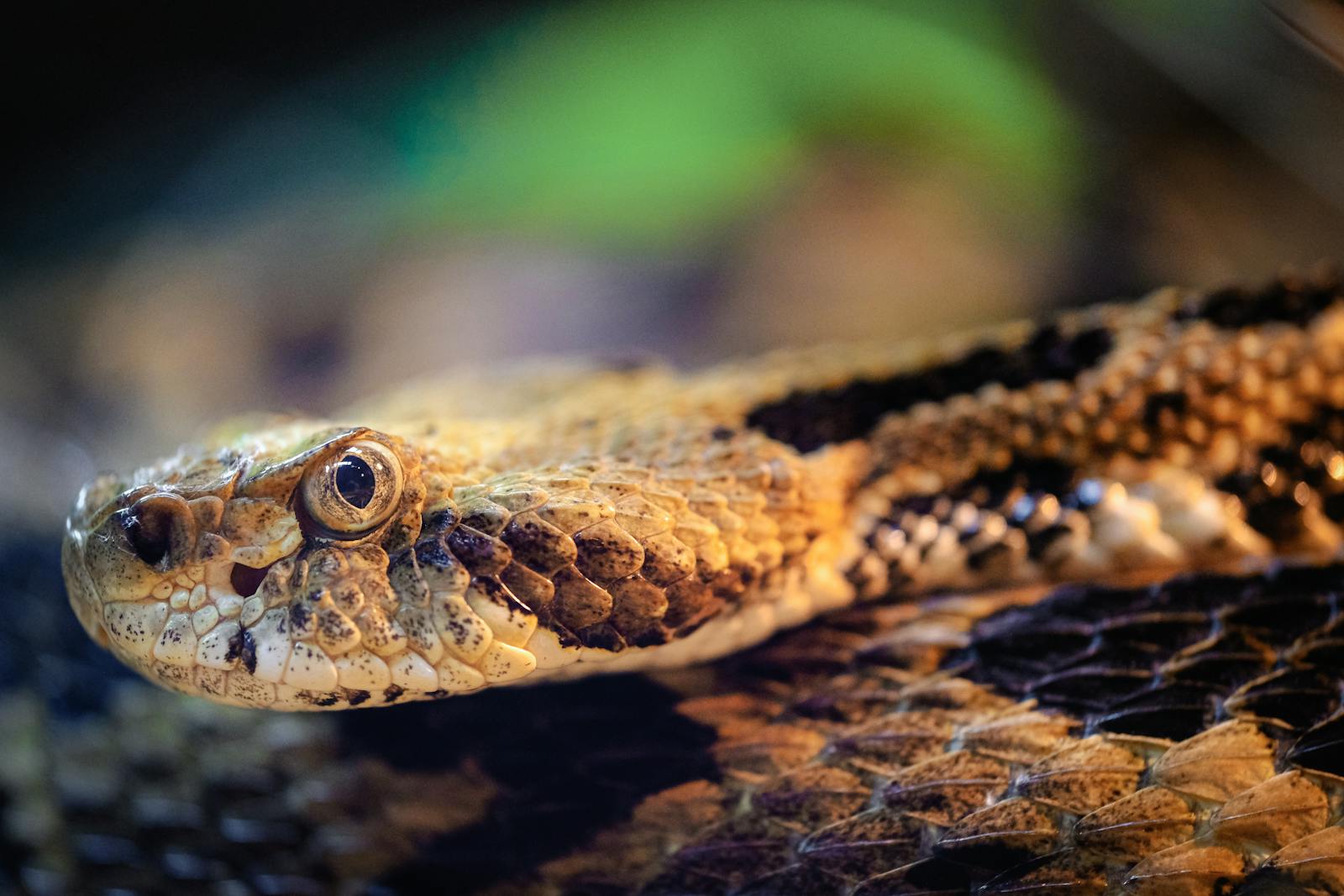
The sidewinder’s remarkable heat resistance didn’t develop overnight but represents millions of years of evolutionary pressure and adaptation. Phylogenetic studies suggest that sidewinding behavior evolved independently in several snake lineages worldwide, all in response to similar sandy desert environments. The Crotalus genus (rattlesnakes) likely developed this adaptation approximately 4-6 million years ago as the North American climate became drier and desert environments expanded. Genetic analysis has identified several genes associated with keratinization and heat shock response that show evidence of positive selection in sidewinder populations compared to their closest relatives. These evolutionary modifications represent a classic example of convergent evolution, where similar environmental pressures lead to comparable adaptations in unrelated species across different parts of the world.
Comparison to Other Desert Snake Species

While the sidewinder rattlesnake stands out for its specialized heat-resistant locomotion, other desert snakes have evolved different strategies to cope with hot surfaces. The Saharan horned viper (Cerastes cerastes) independently evolved a similar sidewinding motion, demonstrating convergent evolution across continents. In contrast, many desert-dwelling colubrids like whipsnakes become strictly nocturnal in summer months, avoiding hot surfaces entirely rather than adapting to them. Some species, such as the Mojave Desert’s rosy boa, develop thickened ventral scales but lack the specialized locomotion of true sidewinders. Sand boas take yet another approach by “swimming” beneath the surface of loose sand, bypassing the heat problem entirely. These varied strategies highlight different evolutionary solutions to the same environmental challenge of extreme surface temperatures.
Applications in Robotics and Biomimicry
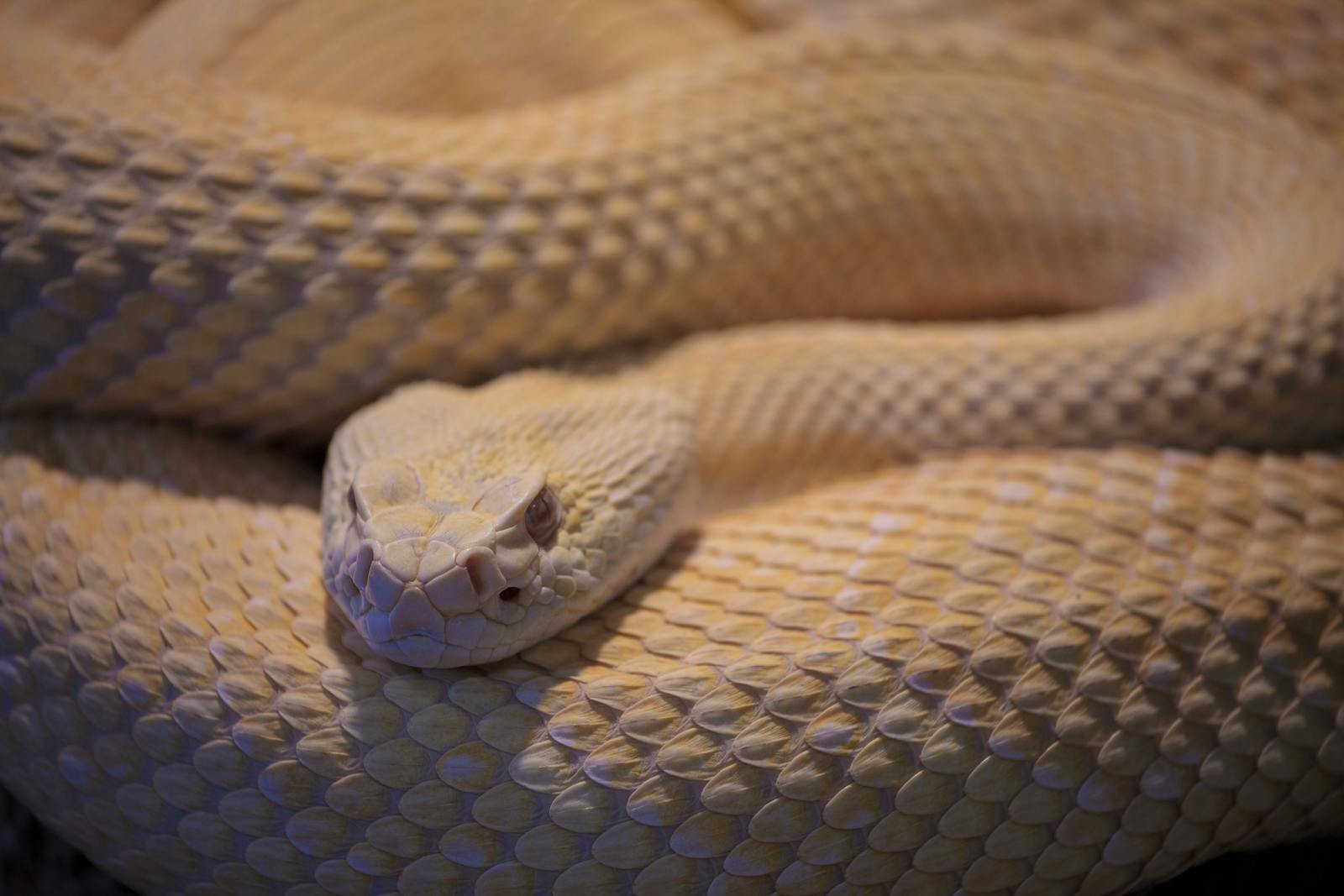
The sidewinder’s remarkable locomotion has inspired significant developments in the field of robotics, particularly for machines designed to operate in extreme environments. Engineers at several research institutions have developed “sidewinding robots” that mimic the snake’s unique motion pattern, creating machines capable of traversing unstable sandy terrain more efficiently than conventional wheeled or tracked vehicles. These biomimetic robots have potential applications in desert search and rescue operations, planetary exploration on sandy worlds like Mars, and inspection of hazardous environments where heat or unstable surfaces present challenges. Additionally, the thermal management strategies observed in sidewinders have influenced the design of cooling systems for electronics that must operate in high-temperature environments. The sidewinder represents a prime example of how nature’s solutions can inspire technological innovation.
Behavioral Adaptations to Extreme Heat

Beyond their physiological and locomotor adaptations, sidewinder rattlesnakes employ sophisticated behavioral strategies to manage heat exposure. During the hottest summer months, they become primarily crepuscular and nocturnal, hunting during cooler evening and morning hours while seeking shelter during peak heat. They are expert burrowers, using their wedge-shaped snouts to create shelters beneath the surface where temperatures remain more stable. Interestingly, researchers have observed that sidewinders adjust their body posture when stationary on hot surfaces, minimizing contact by forming tight coils and sometimes elevating portions of their bodies. They also demonstrate remarkable precision in thermoregulation, seeking microhabitats with optimal temperatures—often utilizing the shade of sparse desert vegetation or the lee sides of small dunes where surface temperatures can be significantly lower than exposed areas just inches away.
The Role of Scales in Heat Protection

The sidewinder’s scales play a crucial role in their ability to withstand brief contact with extremely hot surfaces. Unlike mammalian skin, reptile scales are composed primarily of keratin—the same protein found in human fingernails—which has naturally low thermal conductivity. Microscopic examination of sidewinder ventral scales reveals a complex structure with multiple layers that create air pockets, further reducing heat transfer into the underlying tissues. The scales’ outer surface has evolved a micro-texture that minimizes contact area with the substrate, effectively creating tiny insulating air gaps between the snake and the hot sand. Additionally, sidewinders regularly shed their skin, removing any scales damaged by heat exposure and replacing them with new, undamaged ones approximately every 4-6 weeks during active seasons. This continuous renewal ensures their thermal protection system remains effective despite the harsh environment they inhabit.
Predators and Survival Strategies
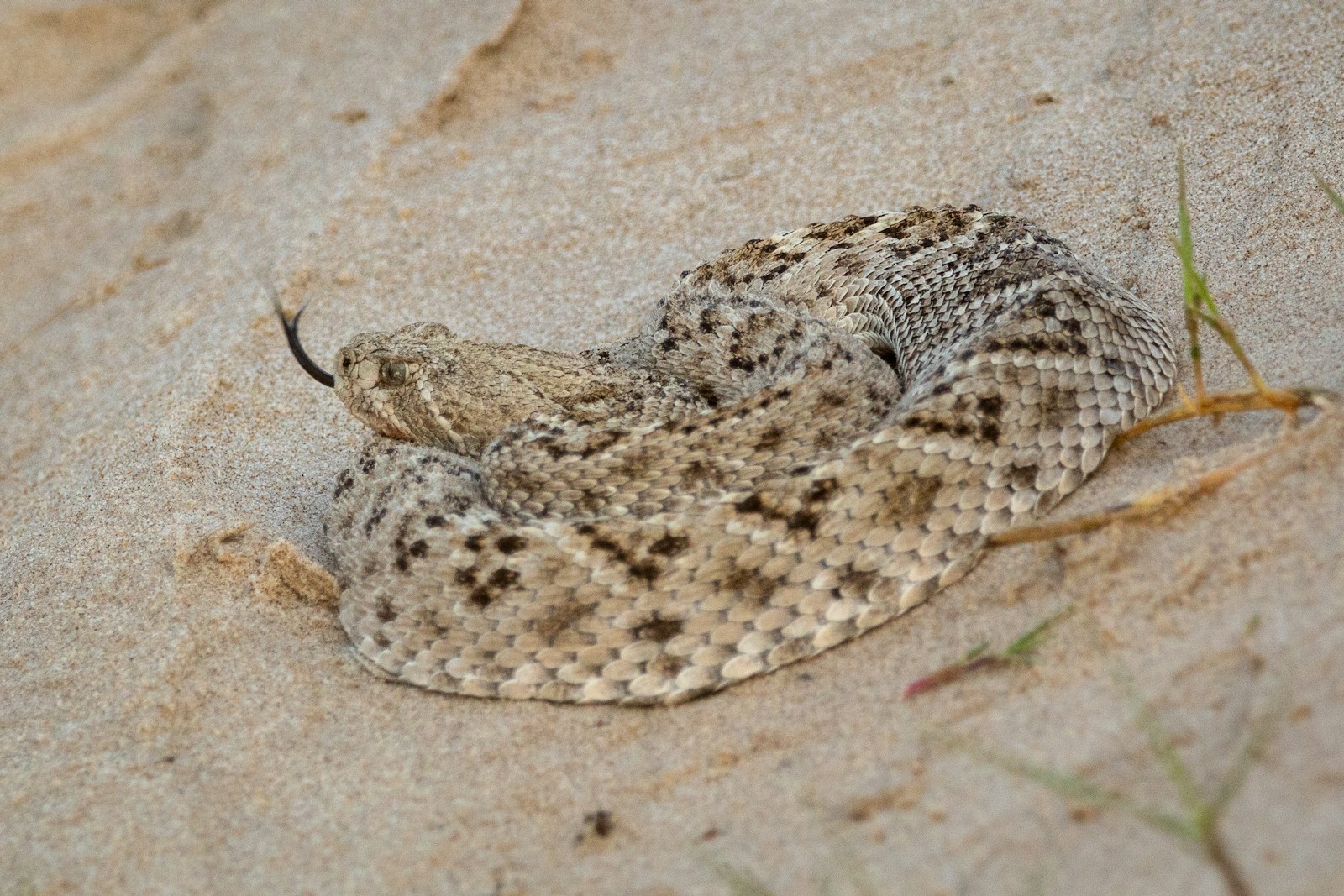
Despite their impressive adaptations to desert heat, sidewinder rattlesnakes face numerous threats from predators that have evolved their own strategies for desert survival. Roadrunners, kit foxes, coyotes, and various raptors all prey upon sidewinders, particularly targeting them during the vulnerable moments when they’re crossing open terrain. The sidewinder’s heat-resistant locomotion provides an additional survival advantage against these predators, as it allows the snake to cross open, hot areas during times when many mammalian predators must rest in shade to avoid overheating. Their distinctive camouflage pattern, which mimics the dappled light patterns on desert sand, makes them nearly invisible when stationary. When threatened, sidewinders can rapidly deploy their sidewinding locomotion, which is not only heat-resistant but also their fastest movement pattern, allowing quick escape from danger while minimizing the distinctive rattling that might draw additional attention from predators.
Conservation Status and Threats

While sidewinder rattlesnakes are currently listed as a species of “Least Concern” on the IUCN Red List, they face growing challenges from habitat loss, climate change, and direct human persecution. Urban development throughout the American Southwest continues to fragment their desert habitat, creating isolated populations with reduced genetic diversity. Rising global temperatures present a complex challenge—while sidewinders are adapted to heat, even they have physiological limits, and some research suggests certain desert areas may soon regularly exceed temperatures that even these specialists can tolerate during daylight hours. Road mortality significantly impacts populations as these snakes are frequently killed while crossing highways that now bisect their habitat. Additionally, collection for the exotic pet trade, though regulated, removes individuals from wild populations. Conservation efforts focus on habitat preservation and public education about the ecological importance of these remarkable reptiles.
Future Research Directions

The sidewinder’s remarkable heat resistance continues to inspire new research questions across multiple scientific disciplines. Biophysicists are currently investigating the nano-scale properties of sidewinder scales to better understand their thermal insulation properties, potentially leading to new materials for heat-resistant applications. Genetic researchers are sequencing and analyzing the sidewinder genome to identify specific genes responsible for their heat shock protein efficiency and scale development, which could have applications in understanding heat tolerance more broadly. Climate scientists and ecologists are modeling how predicted temperature increases might affect sidewinder populations and behavior patterns over the coming decades. Perhaps most excitingly, evolutionary biologists are using modern comparative genomic techniques to understand exactly how the complex suite of adaptations evolved in concert, potentially revealing new insights into how complex adaptive traits develop. The sidewinder continues to serve as a model organism for understanding adaptation to extreme environments.
Conclusion

The sidewinder rattlesnake represents one of nature’s most elegant solutions to surviving in extreme environments. Through a remarkable combination of specialized locomotion, physiological adaptations, and behavioral strategies, these serpents have mastered the art of traversing scorching surfaces that would severely injure most other creatures. Their success in desert ecosystems showcases the incredible power of evolutionary adaptation and provides valuable insights for human applications ranging from robotics to thermal protection materials. As climate change continues to create more extreme environments worldwide, understanding how species like the sidewinder adapt to harsh conditions becomes increasingly relevant. These remarkable reptiles remind us that sometimes, nature’s most challenging problems have already been solved through the patient process of natural selection, offering inspiration for both scientific inquiry and technological innovation.





